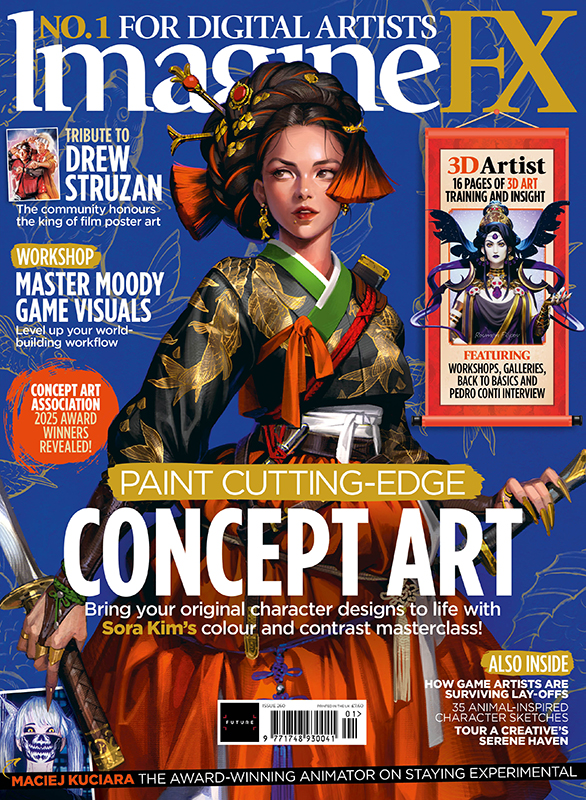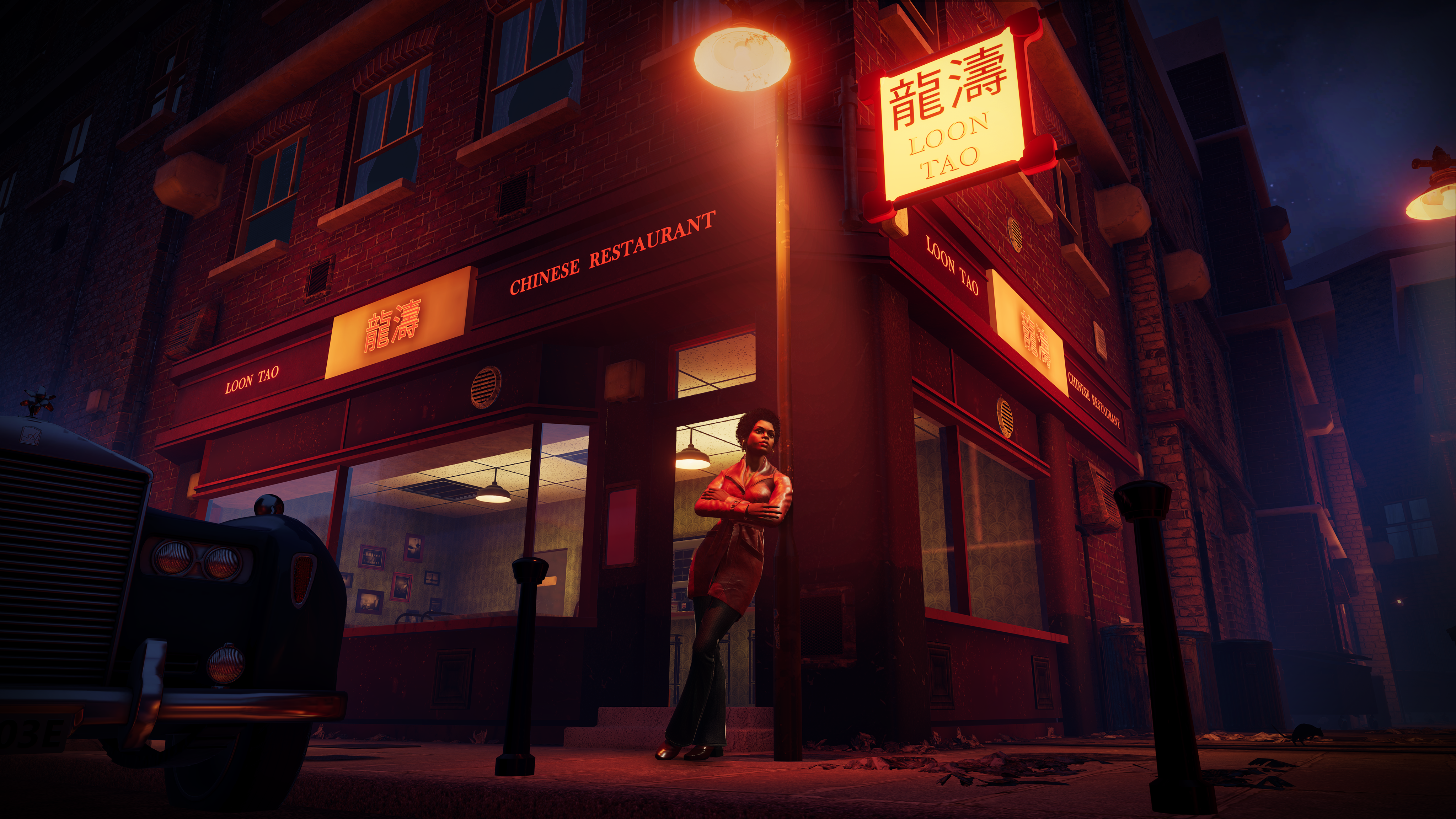
The bold 1970s setting of Agatha Christie – Death on the Nile isn’t just teasing retro eye candy, it’s a complete design statement. I spoke with David Chomard, head of Microids Studio Lyon, to uncover how the game’s sumptuous aesthetic blends vintage nostalgia, graphic novel styling, and clever puzzle design to give Poirot a disco-era reboot.
When Microids set out to adapt Agatha Christie’s Death on the Nile, the obvious choice would have been to lean into the traditional 1930s setting of moustaches, monocles, and Art Deco opulence. But with their recent Murder on the Orient Express already pushing Christie into the modern day, the team felt there was more temporal terrain to explore. The result? A groovy, sun-drenched trip into the 1970s, complete with flared trousers, rotary phones, and even a disco-dancing Poirot.
“We wanted a fresh take,” says David Chomard, Head of Microids Studio Lyon. “Setting Murder on the Orient Express in 2023 came with narrative and gameplay challenges, mainly due to modern tech like smartphones and the internet. So with Death on the Nile, we looked for a more analog era that still had enough technology to support interesting gameplay. The 1970s just felt right.”
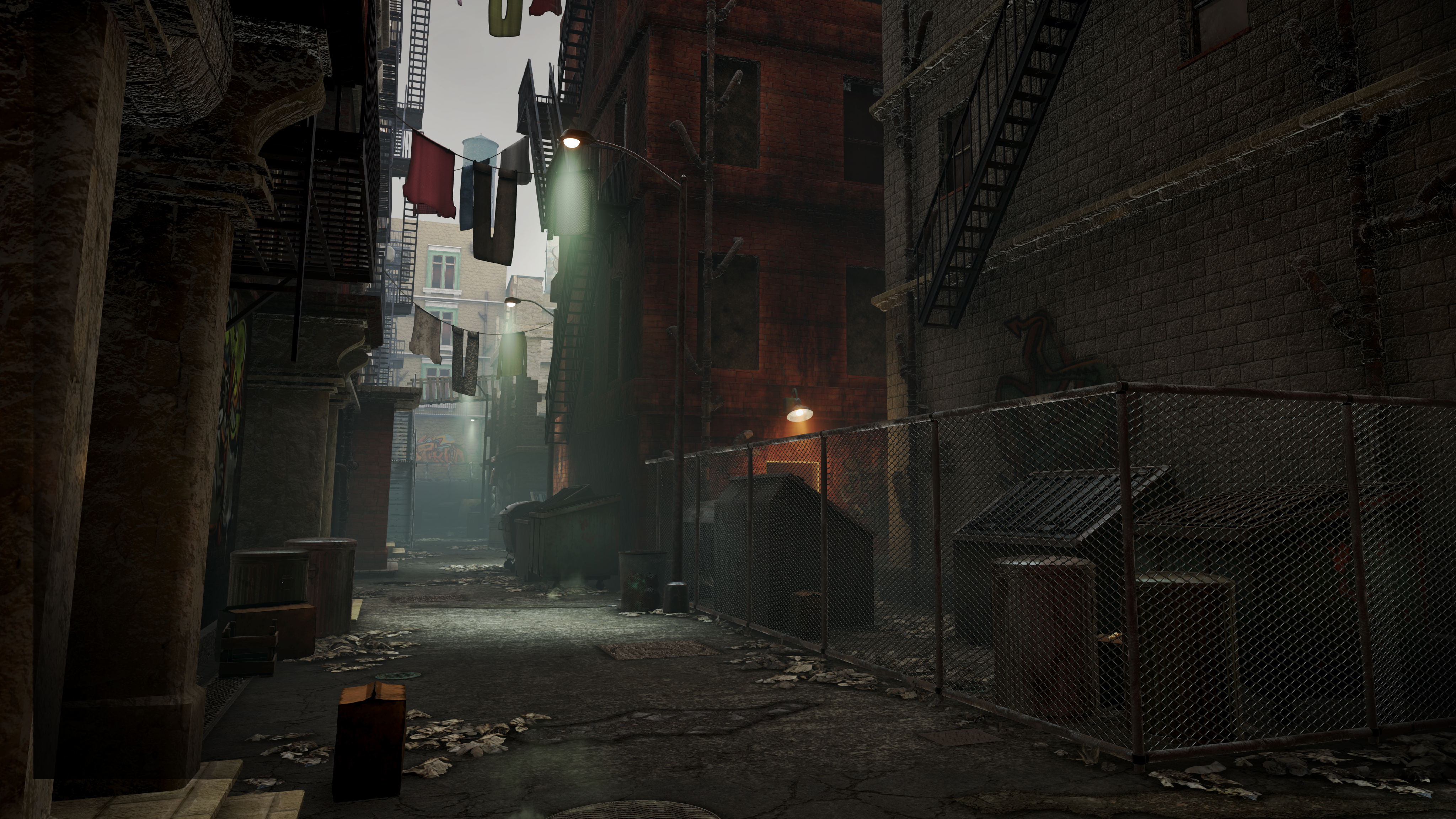
And what a right choice it was. Far from a superficial facelift, the '70s aesthetic oozes from every pixel. Characters strut through richly coloured environments in sharp collars and bold prints, set against a backdrop of warm sunlit palettes and noirish city shadows. For David Chomard and the team, this was a conscious stylistic pivot, one rooted in both artistic inspiration and production pragmatism.
“We’re a small team,” he admits, “so we couldn’t compete with AAA-level realism. Instead, we leaned into a comic-book style that still felt human and expressive.” Influenced by bande dessinée greats like Tintin creator Hergé, and the bold linework of artists like Moebius and Enki Bilal, the characters are rendered with sharp silhouettes, rich contours, and stylised shading that evokes classic graphic novels. “The 1970s were fearless with colour, interiors, fashion, everything, so we let that vibrancy shine through.”
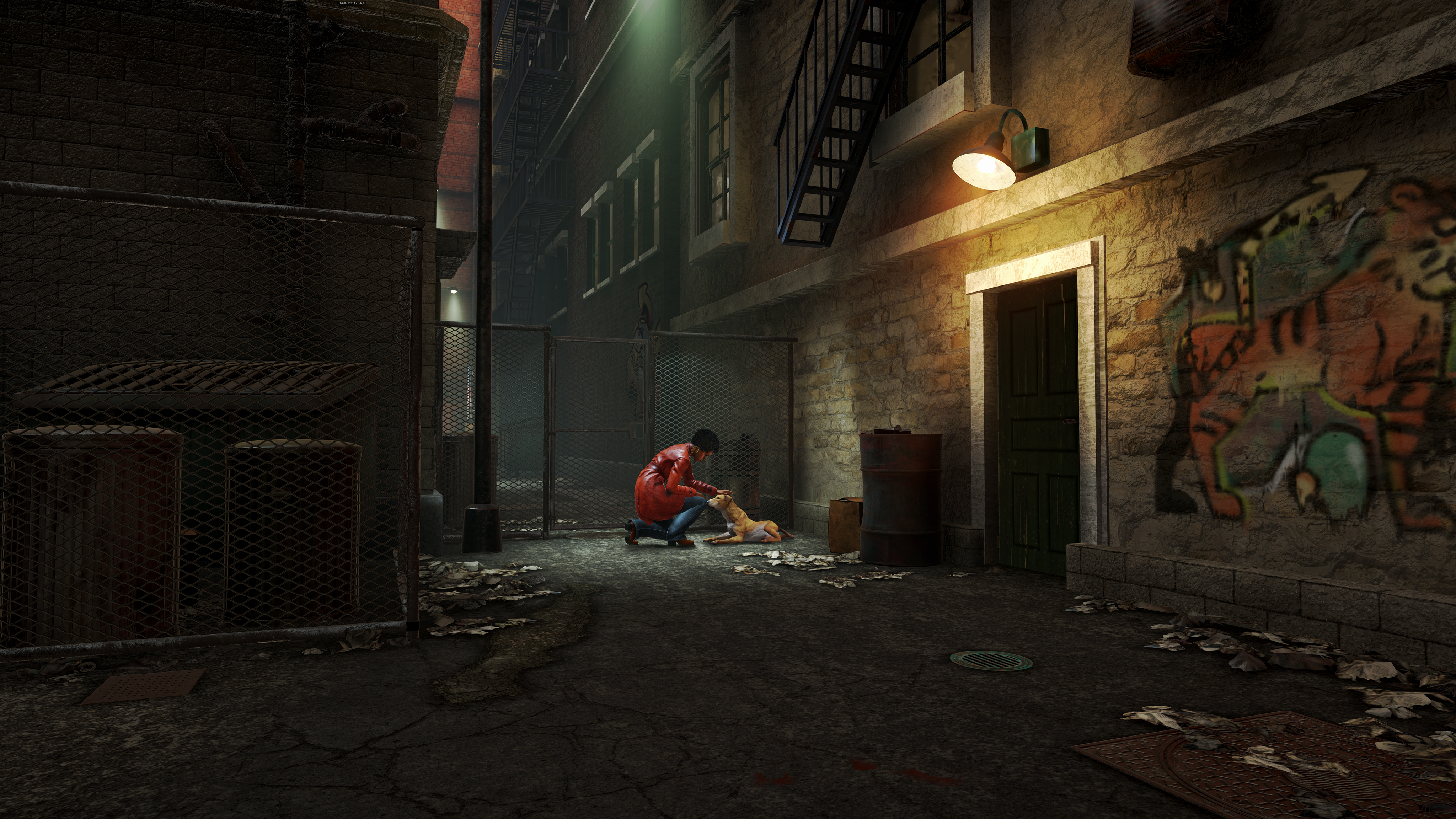
A stylised world, grounded in real locations
Despite its stylised aesthetic, the game traverses real-world locations, such as London, Cairo, Mallorca, and the ever-iconic Nile cruise ship. These backdrops are not just visually rich but culturally textured, reinforcing the tonal contrast between the cool logic of Poirot and the more visceral intuition of newcomer Jane Royce.
“London has this eerie, slightly supernatural vibe,” says Chomard. “We used saturated orange and purple lighting to create that uneasy contrast. Meanwhile, Mallorca is drenched in golden light, and Cairo bursts with warm, dusty hues.” Even New York, the game’s moodiest locale, flickers with life through atmospheric bar scenes and graffiti-splashed alleyways.
Daily design news, reviews, how-tos and more, as picked by the editors.
These contrasts aren’t accidental. They serve a deeper narrative and mechanical purpose. Where Poirot meticulously untangles logic puzzles, Jane Royce takes a more physical approach, tailing suspects, lockpicking, or sprinting through action beats. The environments adapt to each detective’s strengths without ever fracturing the unified visual identity. “We didn’t want a split aesthetic between chapters,” Chomard explains. “Instead, we designed levels that subtly echo each character’s investigative style.”
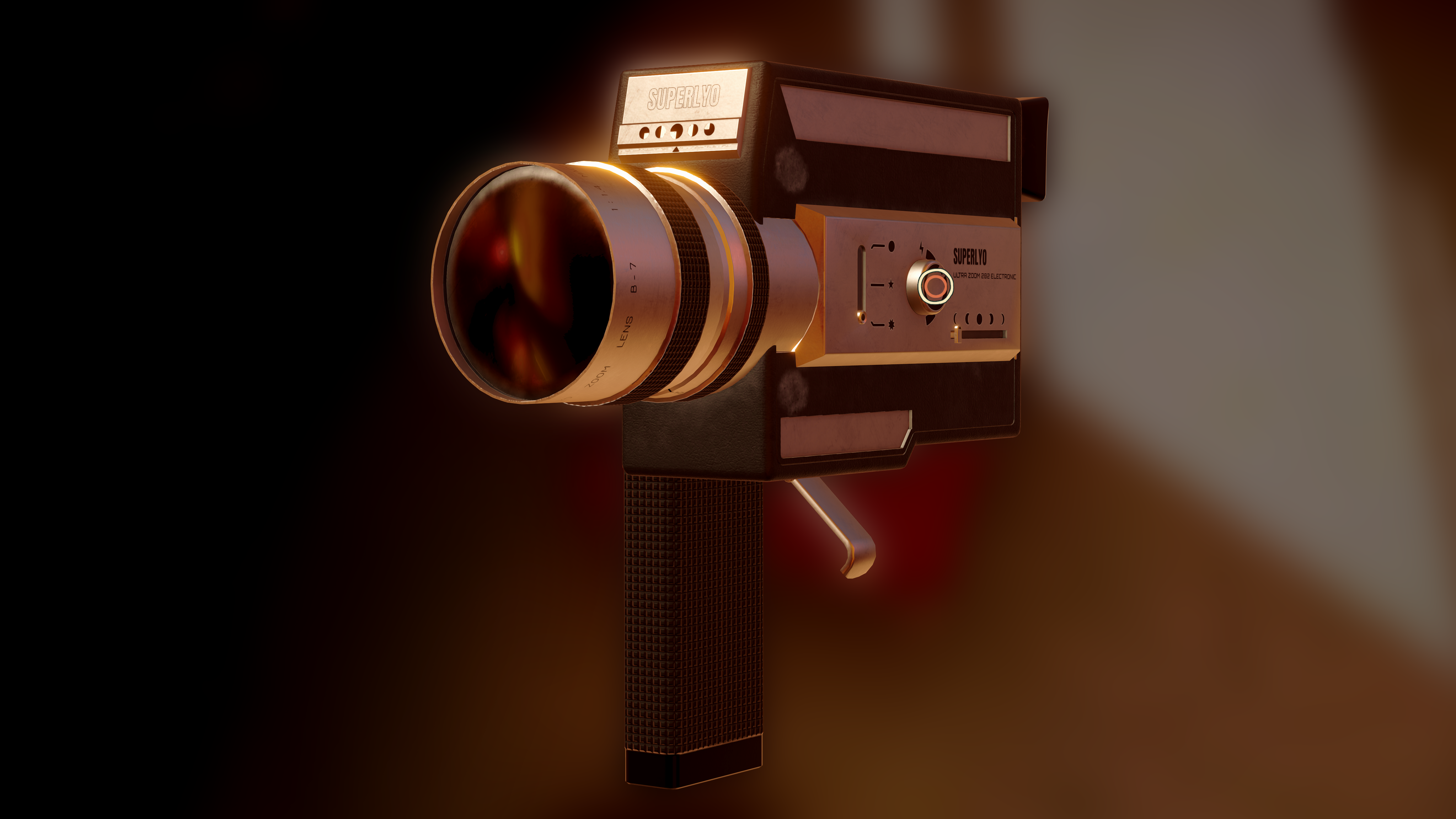
Feminism, funk, and Super 8 cameras
While Death on the Nile doesn’t wear its politics on its flared sleeve, the 1970s setting inevitably channels a spirit of social change. The game’s female co-lead, Jane Royce, is emblematic of second-wave feminism, self-reliant, assertive, and unflinching in a world slowly catching up to her. “Jane embodies the change happening in that era,” Chomard says. “She’s not just along for the ride; she’s leading her case, her own story.”
That ethos bleeds into the puzzle design too. Rather than modern crime scene tools, players must engage with tactile, era-specific objects, Super 8 cameras, cassette players, slide projectors, and even jukeboxes. “We wanted the puzzles to feel like mini time machines,” Chomard explains. “It’s not just about solving a mystery; it’s about understanding how these vintage devices work. That’s especially fun for younger players who’ve never even seen a rotary phone before.”
The game doesn't shy away from flamboyant style. “We hesitated at first,” Chomard laughs, recalling the moment his team designed a character’s leopard-print, shiny pink jumpsuit. “But once we saw Emmy’s nightclub outfit, we knew there were no limits.” The team even gave Hercule Poirot a full Saturday Night Fever makeover, wide lapels and all. “ACL, the Christie rights holders, were incredibly supportive. They gave us room to be playful.”
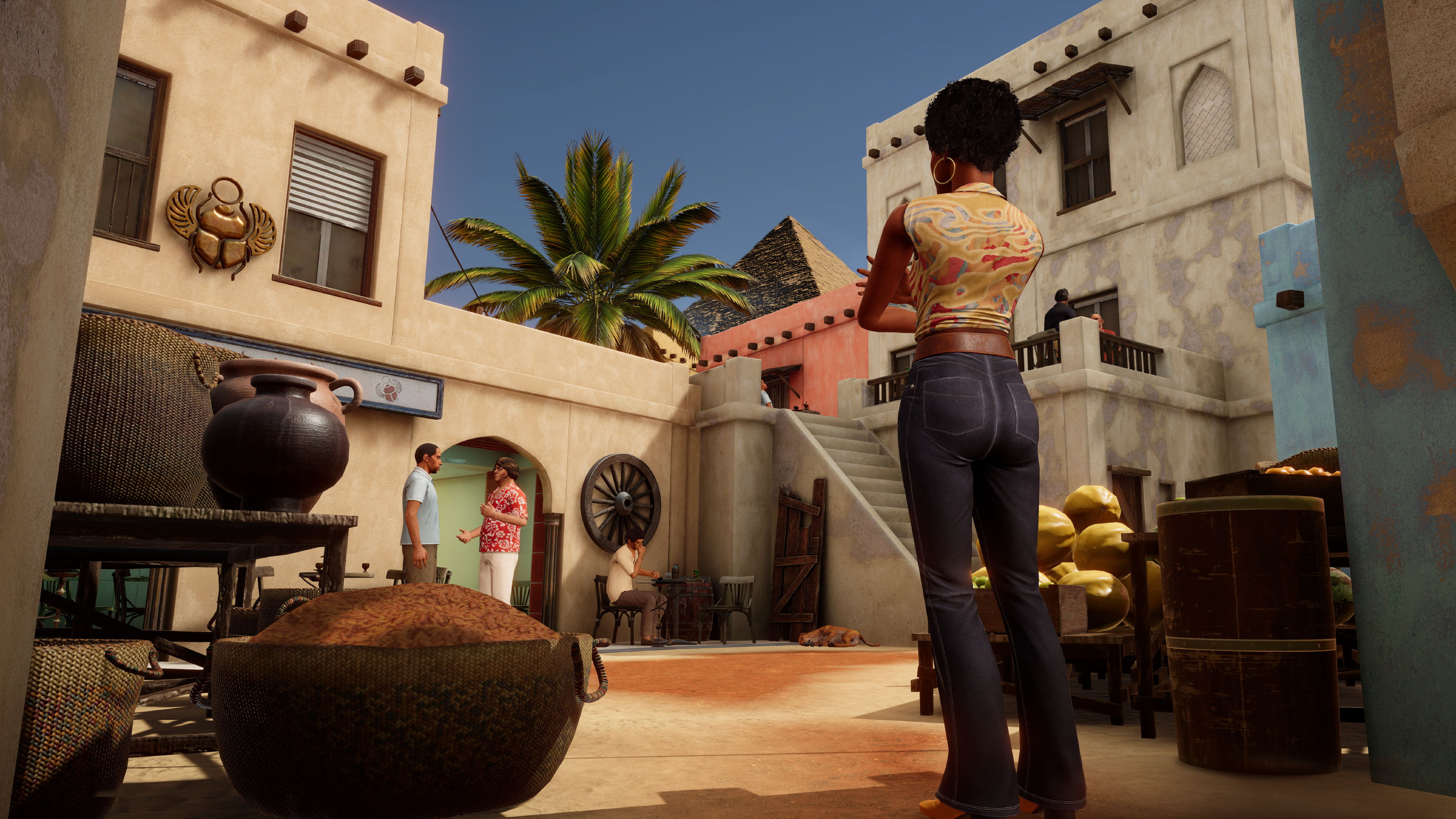
From concept art to chromatic worlds
Turning the bold 2D concept art of Arthur Boccard into immersive 3D environments was no small feat. With over fifty characters in the game, clarity and memorability were paramount. “Every 3D character artist brings a bit of themselves to the model,” says Chomard. “But the goal is always the same: the face must reflect the personality and stand out.”
To achieve the vibrant, sun-kissed aesthetic that defines the game, Microids built a custom character rendering system. “We implemented rim lighting inspired by ‘Actor’s Studio’ lighting setups,” Chomard reveals. “Plus, subtle outlines and independent character lighting control. That’s how we get those crisp silhouettes and that stylised, cinematic feel.”
Death on the Nile may be soaked in nostalgia, but it’s also a refinement of lessons learned from Murder on the Orient Express. Microids combed through reviews, feedback, and their postmortems to overhaul everything from difficulty settings to environment detail and character controls.
“The player response helped us a lot,” says Chomard. “They loved hidden collectibles, so now we’ve added moustaches and vinyl records that unlock museum artworks. We expanded gameplay variety too: mental reconstructions, eavesdropping, scavenger hunts, you name it.”
Every improvement points toward a game that’s both more confident and more ambitious, both stylistically and mechanically.

A world that feels earned
With its bold art direction, era-specific puzzles, and fearless flair, Agatha Christie – Death on the Nile isn’t just a stylish period piece; it’s shaping up to be a loving, inventive tribute to a decade of cinematic excess and cultural shift, all wrapped in a whodunit worthy of Poirot’s legendary little grey cells.
“We didn’t want the '70s to be just a coat of paint,” Chomard reflects. “We wanted it to be earned, to be lived, played, and felt. And I think we’ve done that.”
Agatha Christie: Death on the Nile releases 26 September for PS5, Nintendo Switch, Xbox Series X/S, and PC. The Limited Edition (UK-only) comes with a 48-page artbook.

Ian Dean is Editor, Digital Arts & 3D at Creative Bloq, and the former editor of many leading magazines. These titles included ImagineFX, 3D World and video game titles Play and Official PlayStation Magazine. Ian launched Xbox magazine X360 and edited PlayStation World. For Creative Bloq, Ian combines his experiences to bring the latest news on digital art, VFX and video games and tech, and in his spare time he doodles in Procreate, ArtRage, and Rebelle while finding time to play Xbox and PS5.
You must confirm your public display name before commenting
Please logout and then login again, you will then be prompted to enter your display name.

